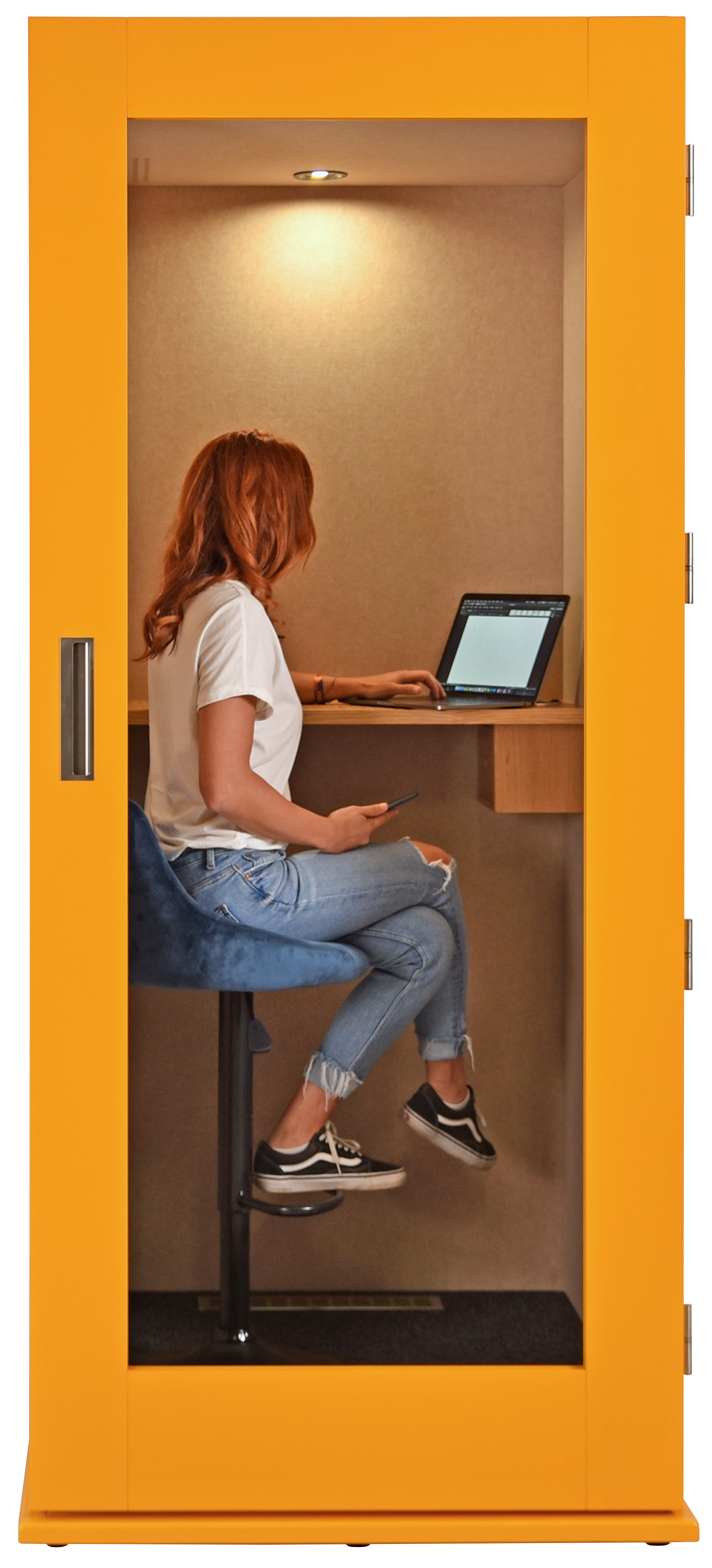The past decade has brought about a major cultural shift when it comes to working. While we’re still working more hours than ever before, the increased flexibility that many companies offer has helped to reach new levels of productivity. One of the largest forces that has helped to supercharge businesses in this regard is collaborative workspaces.
By finding a communal space where employees can share ideas, host better meetings, and work with their coworkers more efficiently, collaborative workspaces are one of the most powerful tools a business has in its arsenal. Around 55% of businesses want to build more collaborative space, with many already having increased their usage of communal space over the past few years.
In this article, we’ll dive into these collaborative workspaces, demonstrating why they’re so effective and how businesses are using them to defeat data silos in the workplace.
Let’s dive right in.
What are collaborative workspaces?
Collaborative workspaces come in two formats: physical and virtual spaces. The latter of these is a relatively new use of the term, so we’ll only briefly cover it. Virtual collaborative workspaces are project management documents or systems that allow employees to work together, even if they’re remotely spaced out across the planet. As a central virtual system, it allows everyone to come together, leave notes on each others’ work, and continue working as if they were in close proximity.
While technological collaborative workspaces are useful, they pail in comparison to physical spaces for collaboration, which is what the vast majority of businesses are currently working toward. Physical collaborative workspaces are rooms, office meeting pods, or open-plan spaces which foster great communication and inspire collaboration.
The point of these spaces is that they bring employees proximally closer together. Instead of working from isolated desks, a collaborative workspace will ensure that everyone can work on a project in real time. Especially considering that over 25% of businesses currently have a hybrid-work style, these spaces are now more needed than ever before.
Key benefits of using collaborative workspaces
Collaborative workspaces are a change you can make in your office that will have almost instant results. While major changes to policy or your workplace structure will have an impact, these are only revealed after the changes have been in effect for several months.
With collaborative workspaces, the benefits your company will start to experience are almost instantaneous, occurring as soon as your employees have access to these shared spaces.
There are a number of key benefits of using collaborative workspaces:
- Culture Shift – Cultural changes are difficult to implement within businesses. Although you could want to foster a certain type of workplace culture, doing so in practice is very different from the theory. By focusing on creating collaborative workspaces, your business will be able to create an environment that places emphasis on communication and teamwork. These spaces naturally inspire coworking, as people are able to help one another on projects and synergize together. This can be a powerful way of helping to change your company culture for the better.
- Improved Socialization – From a psychological standpoint, one of the most effective ways of boosting employee happiness at work is to ensure that people feel comfortable with the people they’re working with. Collaborative workspaces have the byproduct of making your employees spend more time with one another. This can be a powerful way of kickstarting relationships and increasing camaraderie in your business. Over time, happier employees will contribute more to the company, have lower employee churn rates, and increase their workplace efficiency.
- Increased Productivity – As your employees will be able to rapidly communicate and will have stronger interpersonal relationships, your business will also experience higher productivity rates. The dynamic nature that collaborative workspaces foster will help to streamline project management and optimize your teams’ approaches to working.
Collaborative workspaces are some of the most powerful tools you can implement into your business. Not only will you be supporting the hybrid work style that more businesses are moving to, but you’ll also help to make your employees happier while boosting their productivity at work.
Defeating data silos: using communication to boost workplace productivity
Data silos are breakdowns in communication that typically occur as businesses start to scale. As you bring on more people to a team or have a larger number of departments, it’s easier for information to slip through the cracks. Especially for enterprise-sized businesses with 500+ employees, data silos are a huge problem.
While there are technical ways of overcoming data silos, like promoting the use of centralized data repositories and data warehouses, collaborative workspaces are also incredibly effective. By offering a team a unique workspace, you’re able to ensure that all of the members of a team that need to know the information are always only just a few steps away.
The physical proximity of people will ensure that when they need to know something, they are directly in line with others that can share that information with them. When combined together, the virtual and physical approaches to destroying data silos will make your business much more effective at communicating and sharing information.
In our age of data, dismantling data silos is one of the most effective things your business can focus on doing.
Final Thoughts
Collaborative workspaces can supercharge your business, allowing you to reach higher levels of productivity and fostering a more open environment for collaboration. Beyond just getting employees together in the same room, these spaces provide the correct atmosphere for team-oriented work, helping you to blast through your team projects and get more done.
As the modern workspace has continued to evolve, hybrid workspaces have shifted. What was once mainly comprised of open-office plans has now shifted into collaborative work pods and other more effective spaces. Over time, as offices continue to innovate and change, we’ll likely see the world of collaborative workspaces can even further.



